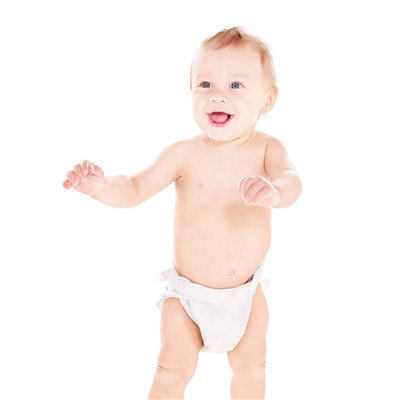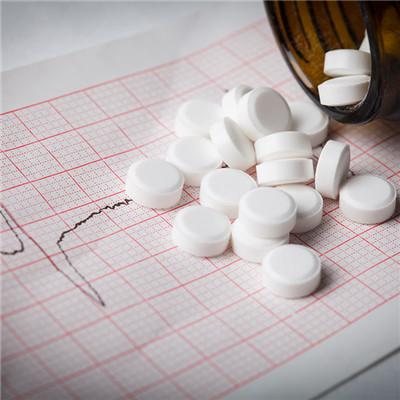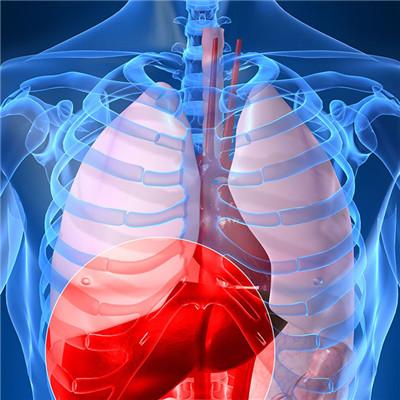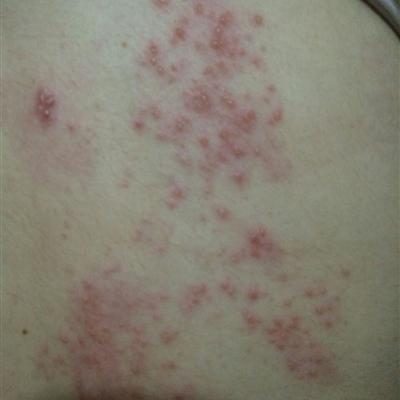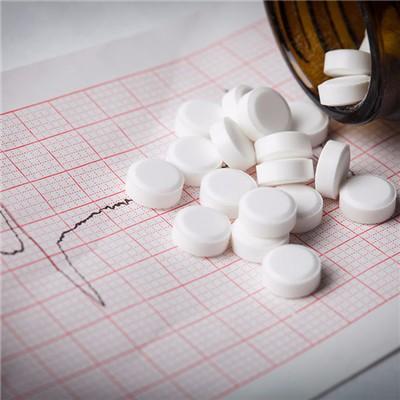What are the symptoms of ventricular septal defect?
summary
We often see in clinical ventricular septal defect refers to the ventricular septum, because in the embryonic period of hypoplasia, so the patient's diet should be reasonable. Do not overeat, form abnormal traffic, in the ventricular level from left to right shunt. Ventricular septal defect is the most common congenital heart disease, accounting for about 20% of congenital heart disease. What are the symptoms of ventricular septal defect? Let's go.
What are the symptoms of ventricular septal defect?
First, patients with large defect area have shortness of breath, dyspnea, hyperhidrosis, feeding difficulties, fatigue and repeated pulmonary infection caused by increased pulmonary circulation blood volume, and heart failure may occur in severe cases. Persistent cyanosis can occur due to right to left shunt in patients with obvious pulmonary hypertension, which is also called Eisenmenger syndrome.
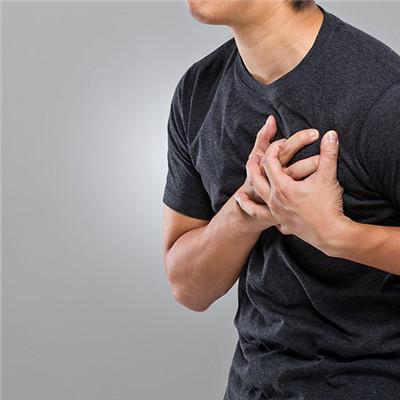
Second, the apical beat increased and shifted to the left and down, the heart boundary expanded to the left and down, the typical sign was that there was rough systolic murmur between the ribs of the left sternum margin Ⅲ - Ⅳ, and it transmitted to the precordial area. If the shunt is large, there may be functional diastolic murmur, pulmonary valve second tone hyperfunction and division in the apex. When there is severe pulmonary hypertension, the diastolic murmur of relative pulmonary insufficiency can be found in the pulmonary valve area, and the systolic murmur of the original septal defect can be weakened or disappeared.
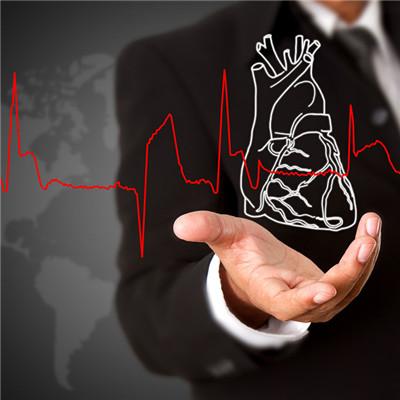
Third: the disease is prone to infective endocarditis, bronchitis, bronchopneumonia, congestive heart failure, pulmonary edema.

matters needing attention
The clinical manifestations of children with severe ventricular septal defect are shortness of breath, dyspnea, hyperhidrosis, feeding difficulty, fatigue and cyanosis. At the same time, the increase of pulmonary blood circulation will cause pulmonary infection, cough, expectoration and other symptoms. Due to hypoxia, the children will also have fatigue and other symptoms.

